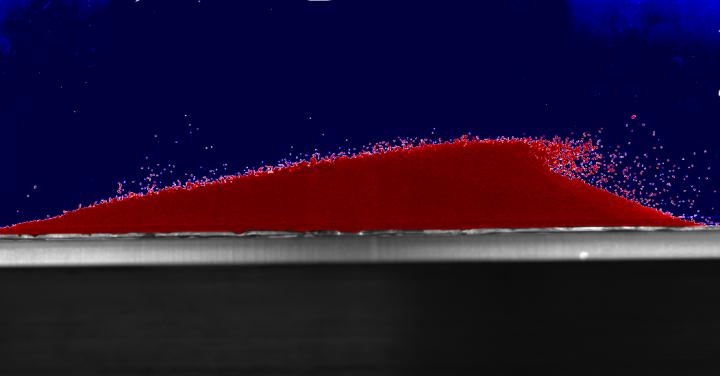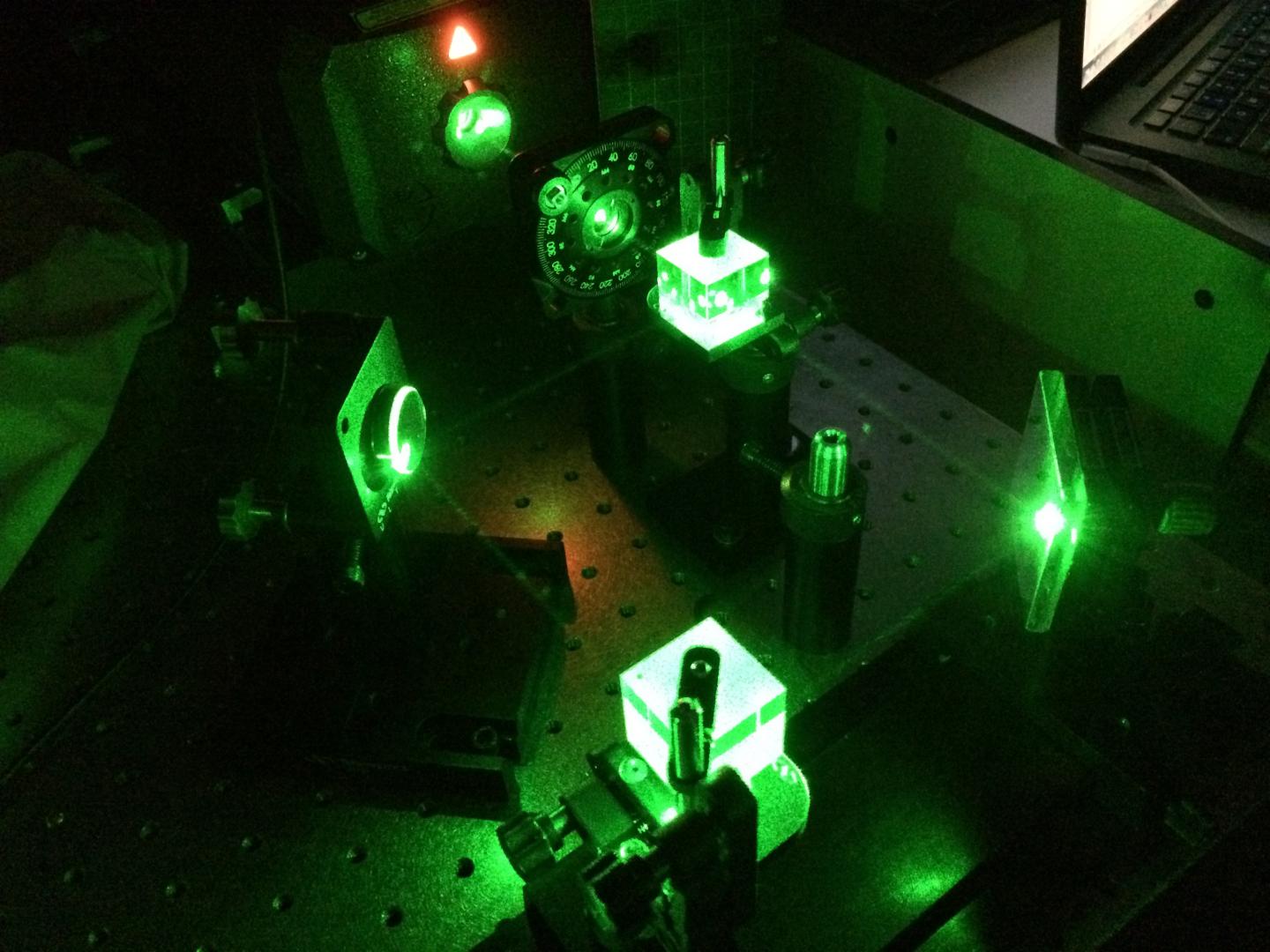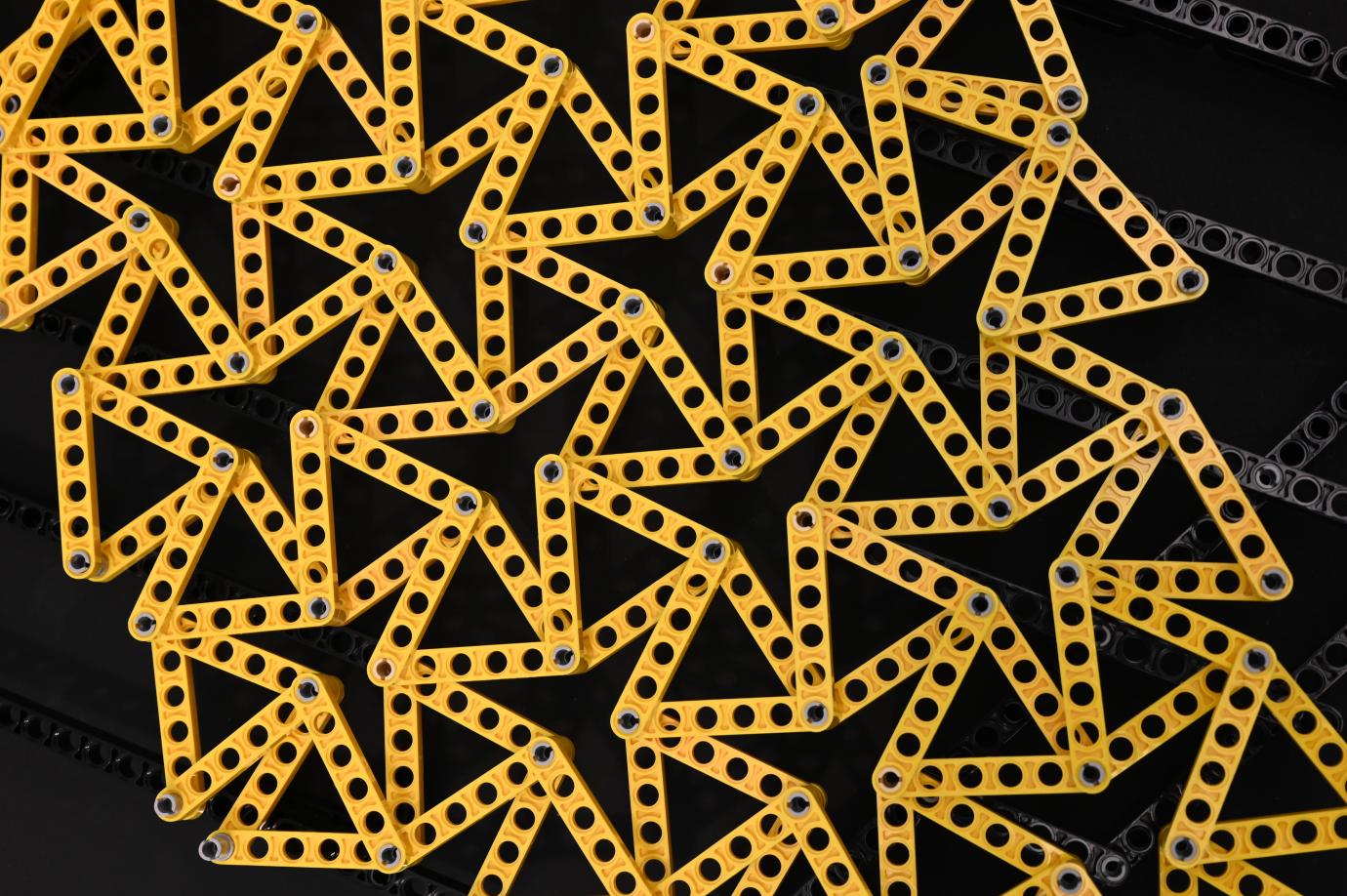Sand dunes can ‘communicate’ with each other
Even though they are inanimate objects, sand dunes can ‘communicate’ with each other. A team from the University of Cambridge has found that as they move, sand dunes interact with and repel their downstream neighbours. Using an experimental dune ‘racetrack’, the researchers observed that two identical dunes start out close together, but over time they … Read more









